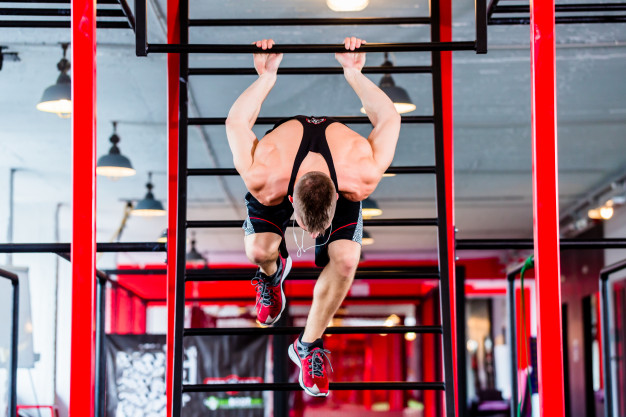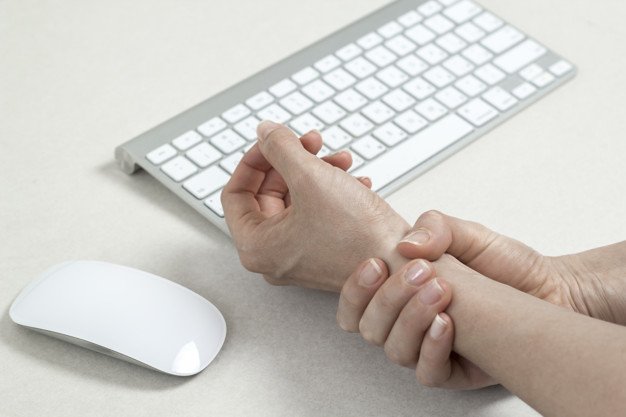Your health is the single greatest asset that you can ever possess. It can determine how successful you will be in business and whether you will live to achieve your lifetime resolutions or not. You should, therefore, never gamble with your health by failing to take due caution to lead a healthy lifestyle. As part of the good health practices that you should endeavor to keep in your life, being disciplined forms the foundation for ensuring that you safeguard your health. Here are 10 healthy habits that can help improve your health.
1. Observe your diet:
Your dietary habits have a direct effect on your health. Whatever you consume or fail to consume consequently affects your ability to lead a healthy lifestyle. When thinking about diet and its effect on your health, emphasis should be put on particular issues such as the kind of food you eat, eating habits or schedule, and the portions you consume. As part of the initiative to lead a healthy lifestyle and improve on your health, you should endeavor to consume a balanced diet in fair and well-distributed portions during breakfast, lunch, and supper. Your daily servings should comprise portions of proteins, carbohydrates, fats, vegetables, minerals, and water or fluids.
2. Exercise well:
Physical exercise forms the backbone of maintaining a perfect body physique. Well-structured physical exercises impart your body with numerous health benefits including helping keep your muscles active. Aerobic exercises can also help with cardiac health through the maintenance of a good distribution of blood across every organ including the skin. Well-focused physical exercises can also help in maintaining a perfect balance of certain physical attributes such as body weight and overall body shape. When thinking about exercises as part of your routine, you should endeavor to maintain a perfect balance between the different kinds of body exercises you have, including aerobic exercises and body-trimming exercises.
3. Slotting time for health check-ups:
Irrespective of whether you feel sick or not, health checkups are crucial when it comes to improving your health. Finding time to either visit a health facility for a health checkup or even utilize the Home Doctor Service for convenience when securing appointments with your nutritionist or doctor allows you to evaluate the progress you have gained so far in your bid to lead a healthy life.
4. Get sufficient sleep:
Your sleeping patterns do directly or indirectly influence how healthy you will be. Without sufficient sleep on a daily basis, you will stand to lose out on your productivity while detrimentally affecting your physical health. As a recommendation, your body needs not less than eight hours of uninterrupted sleep to maintain the right physiological condition for body growth. Lack of sufficient sleep compromises your immune system, thereby leading to vulnerabilities to disease conditions.
5. Meditate often:
Meditation is often disregarded when it comes to the observation of healthy lifestyles. However, research has shown that sufficient meditation on a daily basis does have physiological and mental benefits. Meditating sufficiently gives your body an opportunity to deeply relax, something crucial for your immune system. The practice is also crucial in helping control stress, anxiety, and other forms of emotional suffering that can take a toll on your health. Besides, meditating sufficiently helps in building mental awareness while improving your ability to control addictions.
6. Taking water, lots of water:
Staying hydrated is a crucial factor in maintaining your body’s health. The human body is 60% water while all other crucial organs in the body such as the brain, lungs, kidneys, bones, and muscles are comprised of between 60 and 85% water. The only way to stay sufficiently hydrated is to take not less than 2 liters of water on a daily basis. To help nature this habit well, you should endeavor to drink water even when you do not feel thirsty.
7. Socialize effectively:
Being social, surprisingly, has a huge benefit on your health and can help much when it comes to your health improvement habits. Socializing with your friends helps brighten your moods through laughing and playing. This practice helps improve your mental capacity and general immune health through the production of certain hormones. Such hormones, when circulated in the body, help maintain a perfect physiological condition for a healthy life. Such a social life also helps keep away detrimental health practices such as stress and being frightened.
8. Cook for yourself more often:
Sometimes, it pays to give yourself an additional challenge when it comes to your diet. You may, therefore, prefer cooking for yourself rather than eating out. Hotel or restaurant-prepared food does not offer you much of the flexibility that you often desire. Cooking for yourself ensures that you observe the strict dietary habits that you so much need to lead a healthy lifestyle. Also, the experience of cooking in the kitchen gives you a positive mental challenge. It also serves as an opportunity for social development that is crucial for your general body health.
9. Have a proper schedule:
Whereas it may sound unbelievable, the kind of schedule you lead on a daily basis can directly influence your ability to live a healthy life. To enhance your health, you should endeavor to ensure that your day is well planned with activities being slotted rightly. Such planning comes in handy in helping keep away unwanted habits while also taking charge of your health. A properly planned schedule is the right platform that ensures that any health-based resolution you set in place is upheld and regarded accordingly.
10. Have a good interaction with nature:
Nature has an indirect way of helping keep your body healthy. Interacting with nature more often as part of your routine schedule gives your body an opportunity to experience some benefits. You should, therefore, endeavor to factor in much time to take a break from your office or home enclosures and have a nature walk. Any sightseeing events such as strolling down the forest and beholding trees and birds help your body to relax as much as possible.
Read Also:






















